The City of Villages
/What does London bring to mind?
As an alumnus of the Home Counties the thought of London instantly prompts a vision of the iconic silhouettes of the city: St Paul’s, Big Ben and more recently the London Eye and the Gherkin. No matter that these famous entities are miles apart, their visual grouping provides a helpful “best-of” that for me at least, has been linked to the name “London” ever since I first saw a pop-up card with the contracted skyline.
Now as a bona fide Londoner, albeit a peripheral Londoner, who lives slightly more than 10 miles away from the King Charles I statue in Charing Cross from which distances are measured, I find my associations with the city have changed. The very fact that I am so far away from the centre means my perspective is different. I don’t just mean visually, although I do experience an eastern shift in skyline (Canary Wharf dominates my stretch of the river rather than the more westerly “Famous Four”), but because of my location Greater London forms my everyday backdrop rather than the postcard centre of the city. As such I have discovered that London holds so much more than that iconic stretch of river along the Victoria Embankment.
Before metropolitan sprawl unified London into one great conurbation, villages dotted the outskirts of the city. They still exist but the intervening spaces have been developed with buildings erected on the open ground, turning patches of ordnance survey green into grey grids of urbanisation. Into this transport lines extend and along the outer tentacles of the famous tube map you can find a different take on London.
On two occasions my weekend explorations have taken me outside zone 1 to localities which are removed from the usual central hubbub. My first trip took me to Greenwich, the place where the world splits in two. Alighting from the DLR, a few metres from the station is the Cutty Sark, a 19th century clipper ship of tea trading fame, which towers above the masses, impressive beyond measure. What a welcome to a World Heritage Site. From there history and affluence seeps through the town. The Royal Naval buildings abut the Cutty Sark and a walk around the grounds evokes an imagined glory of old. The tall stone buildings have the same majesty of St Paul’s but here, unlike in the confines of the central city, symmetry and space makes for a more powerful vista.
Beyond the naval colleges Greenwich Park rises to offer two gifts to the determined walker. Most obviously is the Royal Observatory with its obligatory Kodak moment of people straddling the Greenwich Meridian Line. East meets West in the most British of environs. Nonetheless the significance of the place is undeniable. Time, distance, our very heavenly location are all bound up with this linear strip - here is where the astronomical definition of our planet begins.
The second offering from Greenwich Park is an unrivalled view of the city. Turn away from the hodgepodge buildings of the Observatory and London spans the horizon in cinemascope. The Thames curves around the view before disappearing behind the Royal Naval buildings, which look equally impressive in miniature. This alternate view of London, from a distance, from an elevation is something one can only grasp from the edge of the city. It is breath-taking.
Head north of the river, a way up along the Northern Line and you can experience another place with miracle views and impossible mortgages. Hampstead used to be distinct from London, a village from which the poet Keats used to set out, risking his life and lungs to walk the 4 miles to the central city. It is now considered a posh enclave of the capital with lush facades and more millionaires than any other part of the UK.
The streets of Hampstead have an atmosphere similar to that of maritime Greenwich. The shops are chic with facades in royal colours of navy, burgundy and plum and there are fairy lights everywhere. The Love Actually aspiration works in this context as the area is affluent enough to emulate a film set. There is no grit, no deprivation on display here and thus, it feels distinct to the diversity of central London.
Hampstead is perhaps most well known for its dog-walking mecca, the Heath. More vast than Greenwich Park, it too rises via outcroppings of trees and grassy plains to provide a lookout over London. This time the view is rotated, a northern panorama from Parliament Hill, which shows London at more of a distance. From here nearly all the sights of the pop up card are visible but then so too are the spaces in between. Spaces? What spaces? London is no longer the London of skyline and separation, it is a spiky landscape chock full of skyscrapers. There is no rhythm or coherence to the overview if ever there were one.
And that speaks to the nature of London. It is not one entity, not one stretch with a few distinct identifiers, no, it is a souped-up mass of different areas with their own identities, which have all been subsumed into one metropolis. In doing so it is more than the sum of its parts - it is the greatest city in the world.
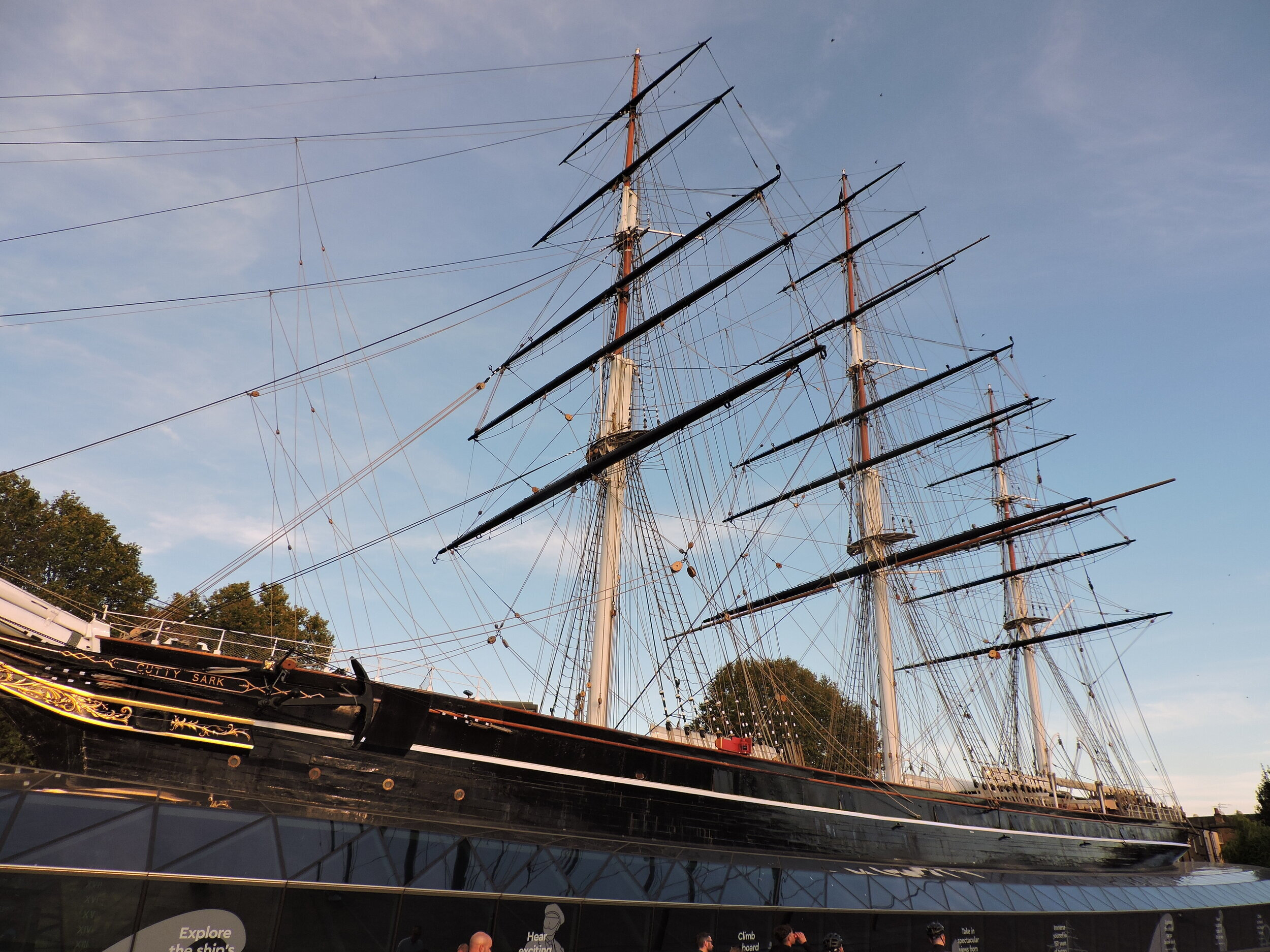
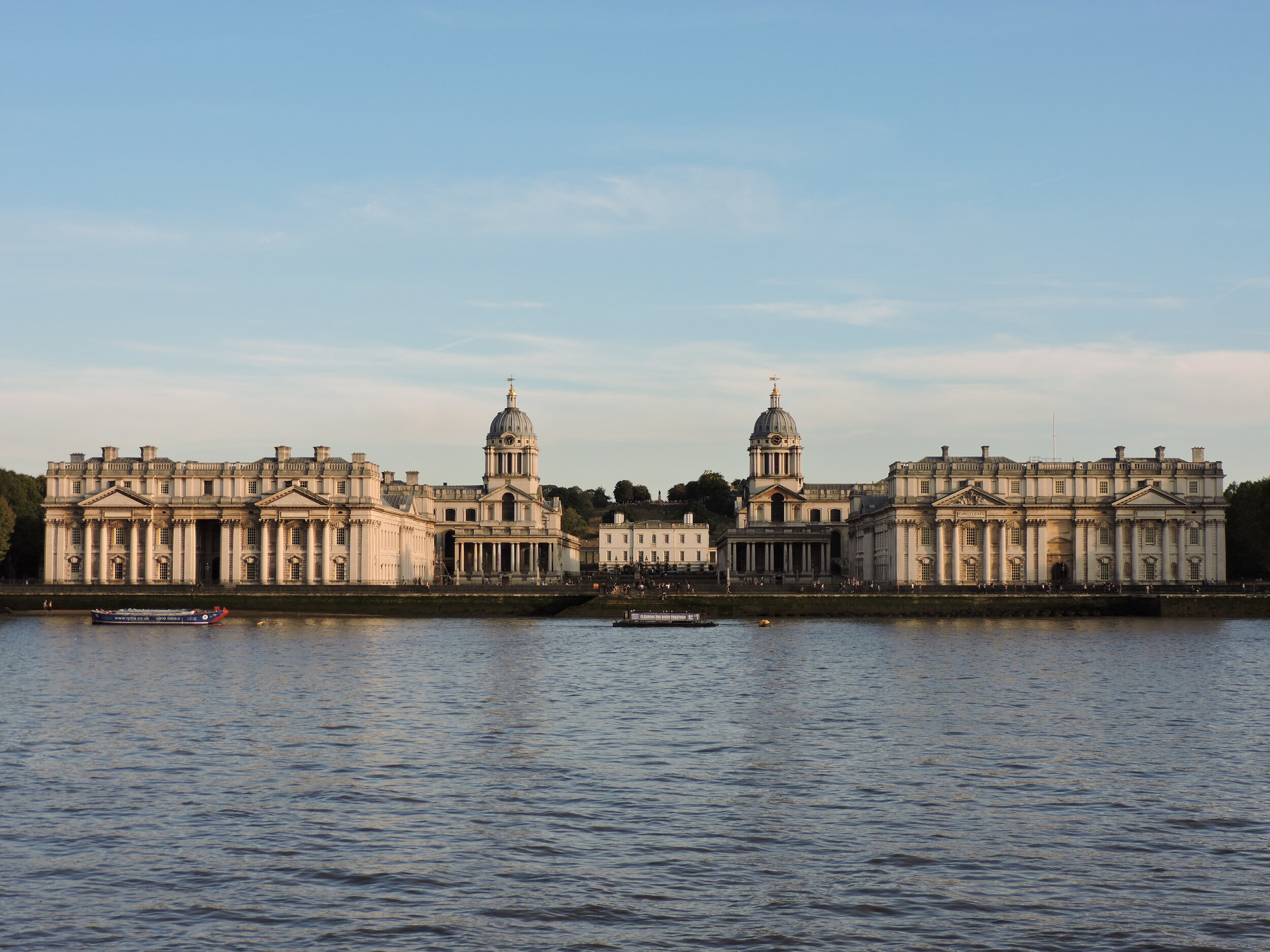
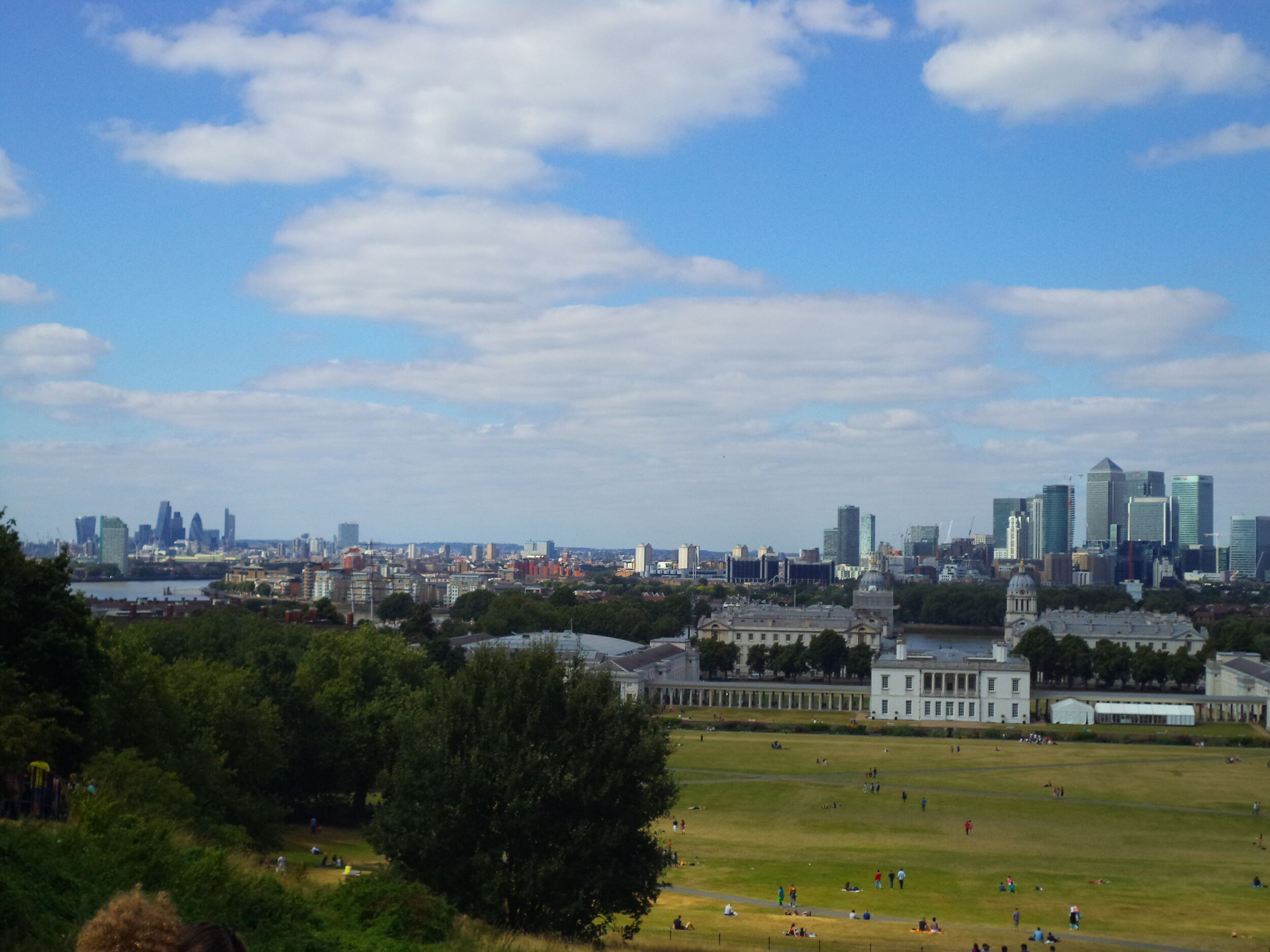
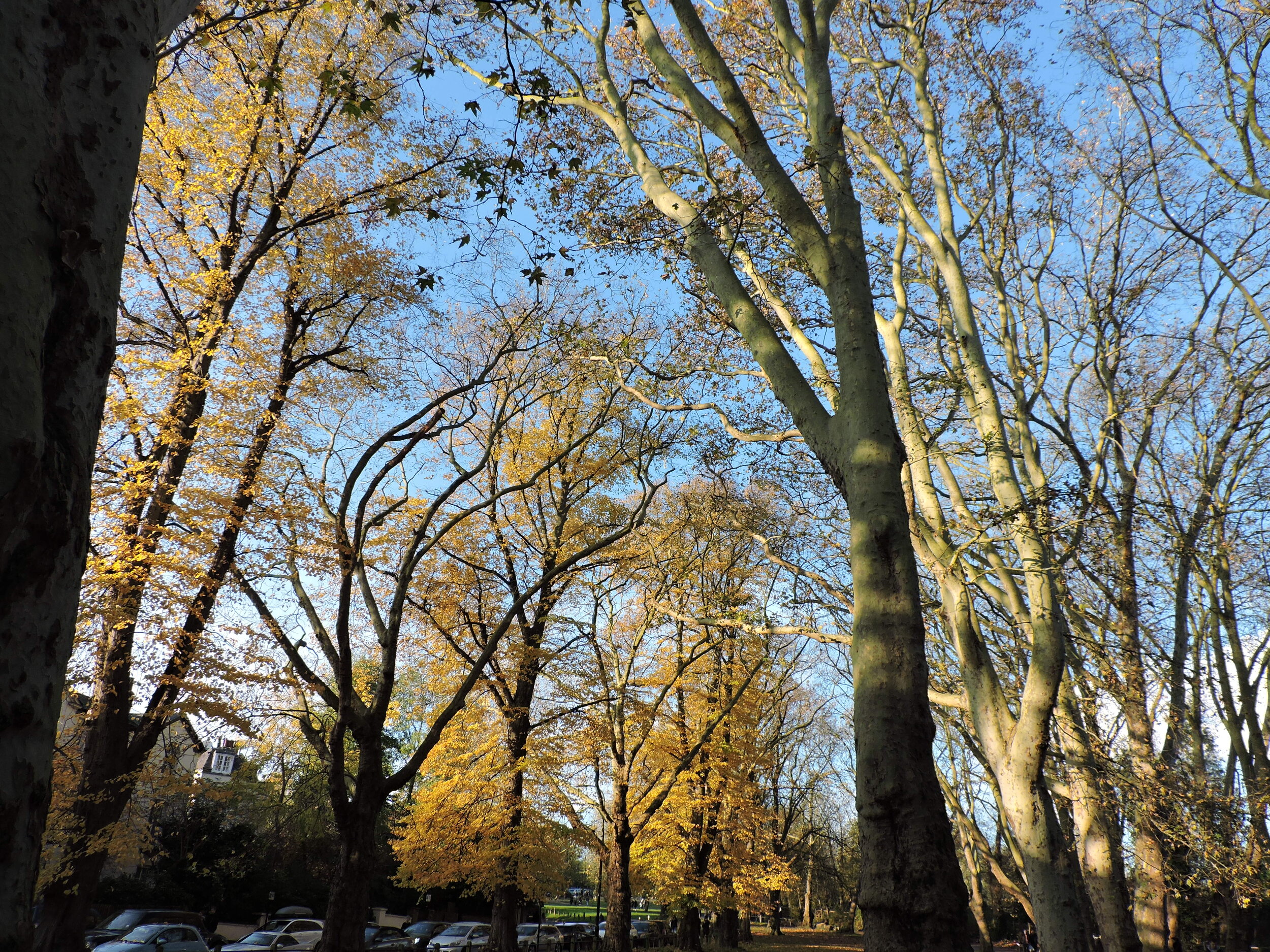
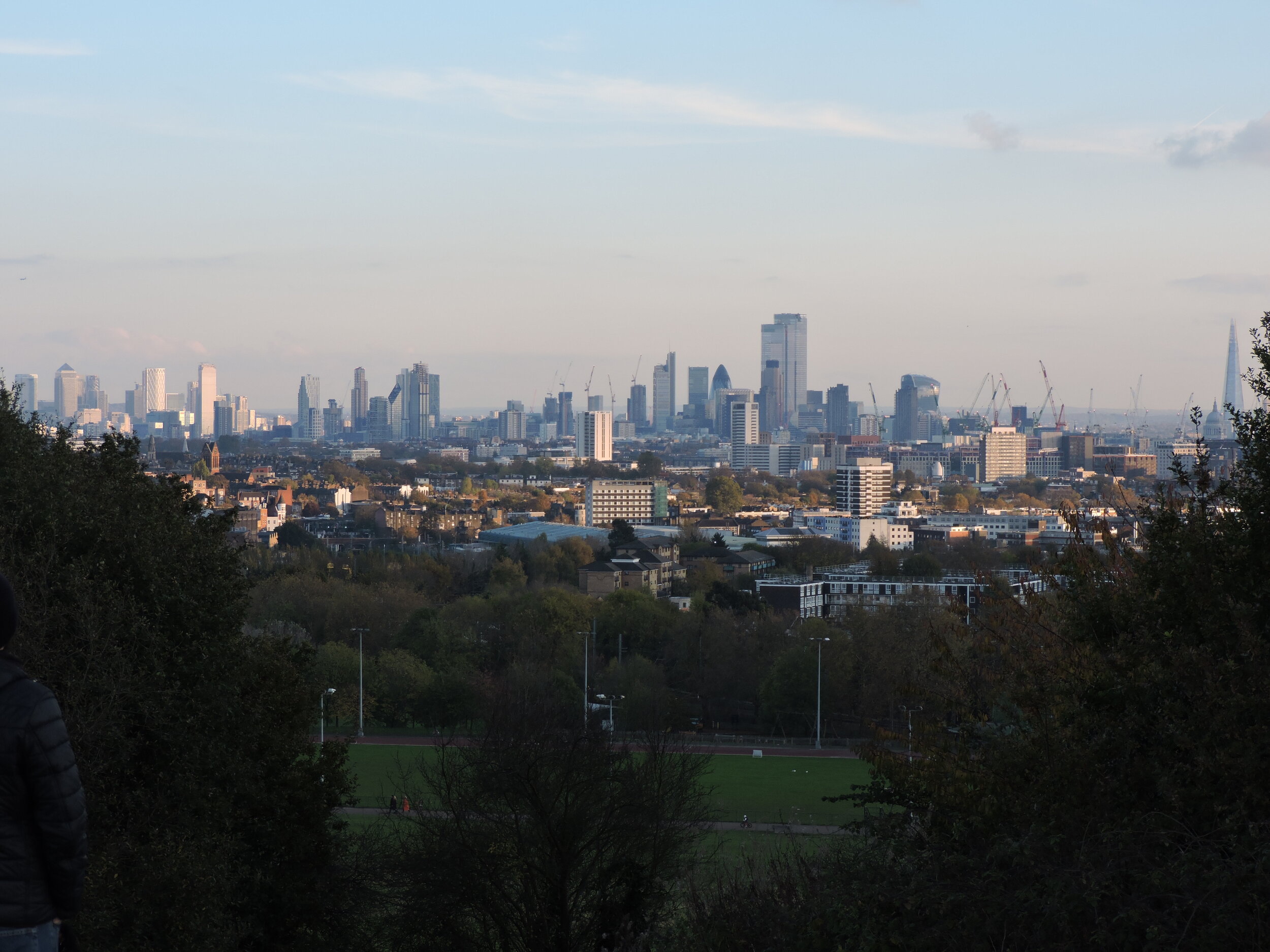


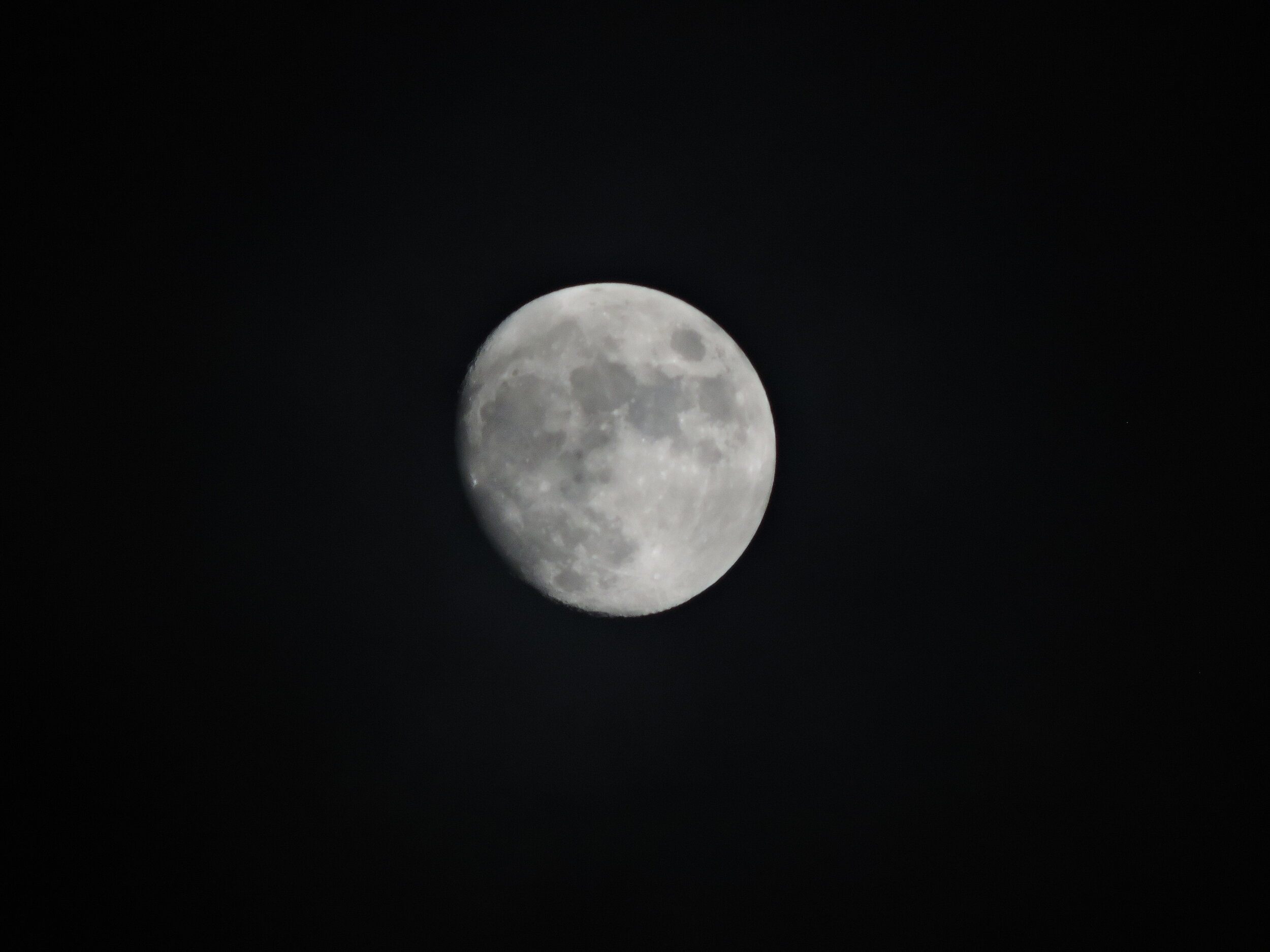





![IMG-20190914-WA0007[1].jpeg](https://images.squarespace-cdn.com/content/v1/5b5382282487fdb5868c5bfa/1569143039796-ROD4E71Z84VP053OYW24/IMG-20190914-WA0007%5B1%5D.jpeg)
